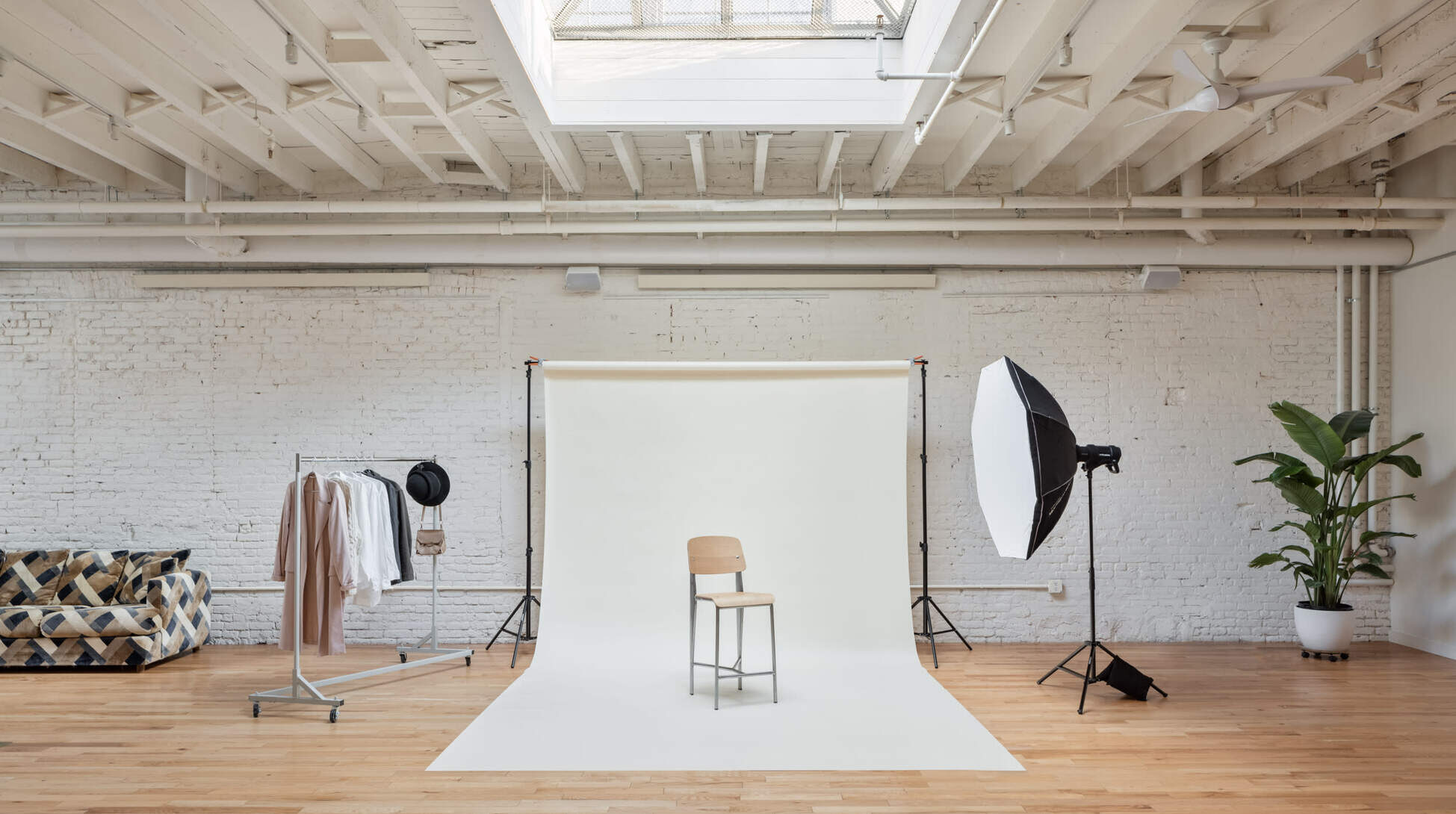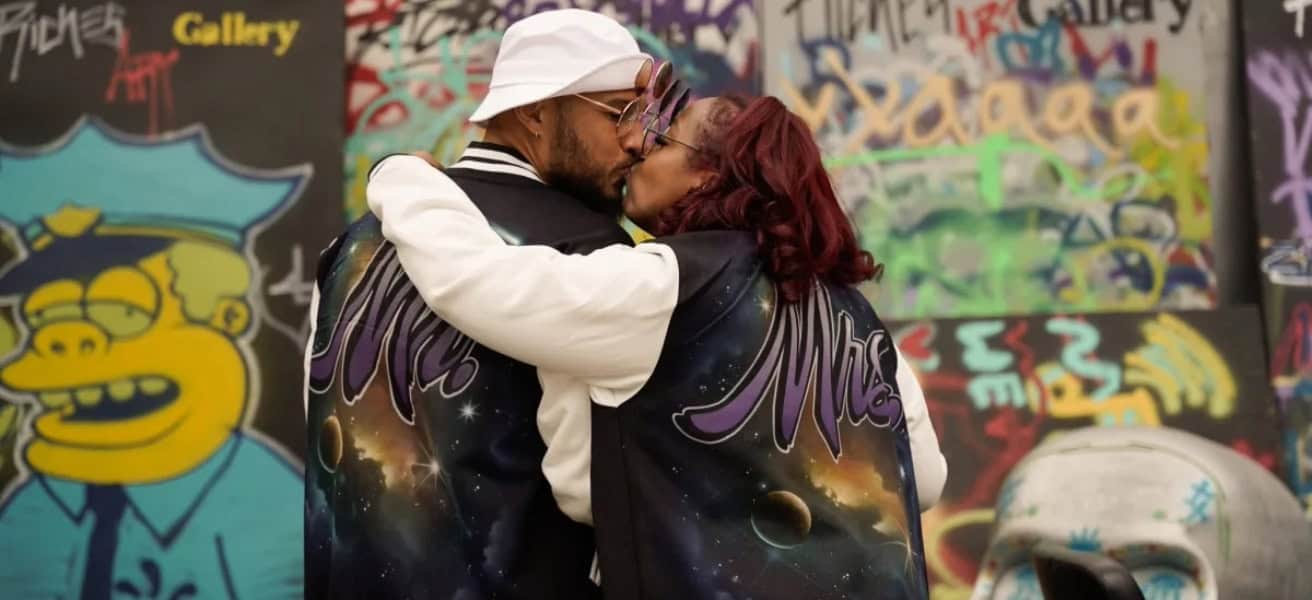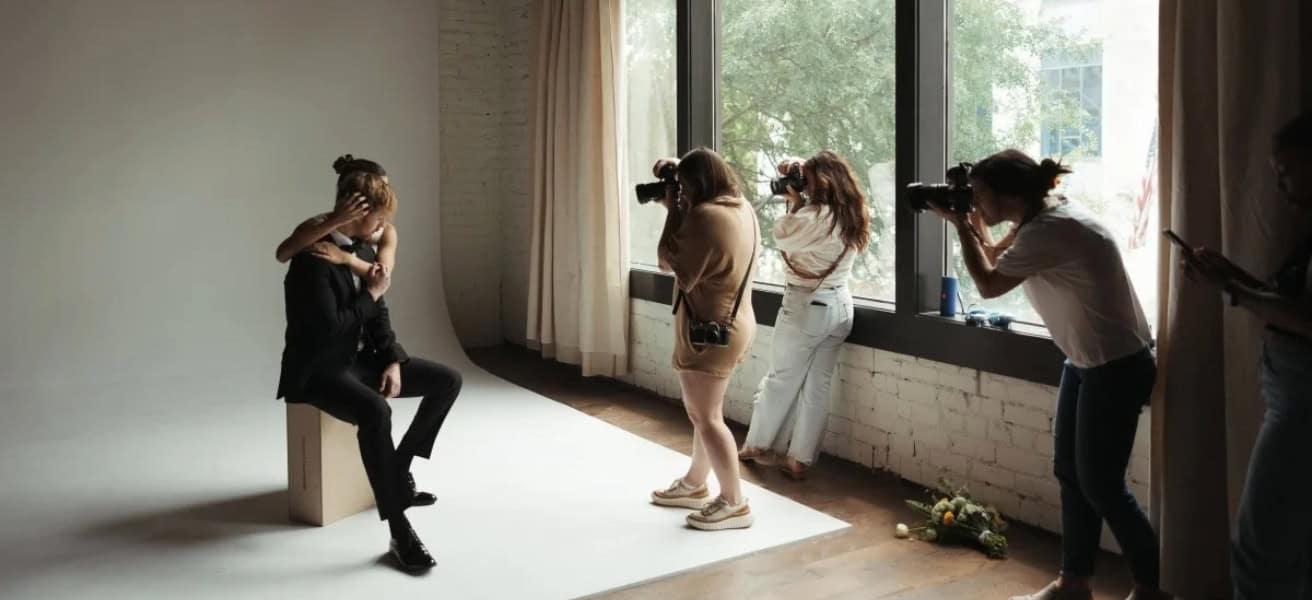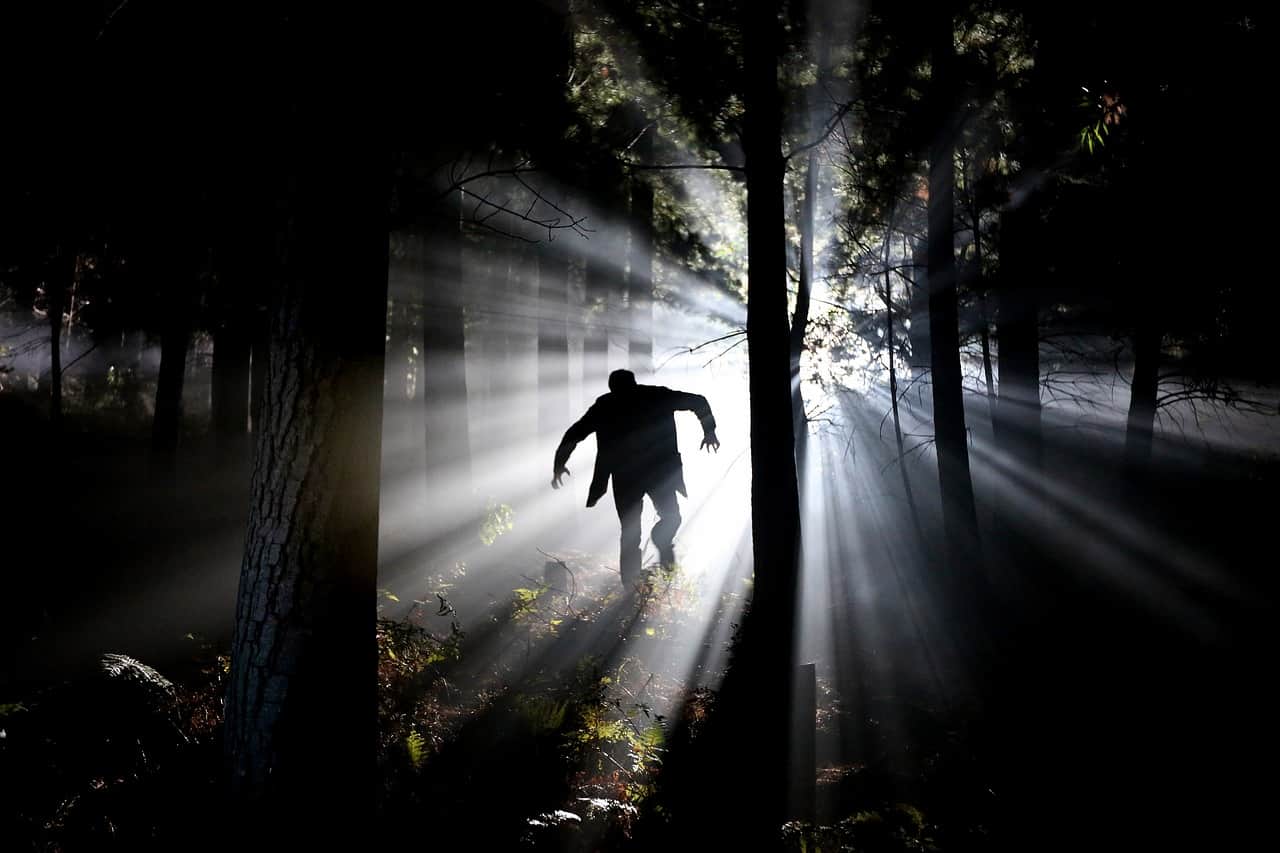
Source: Pixabay
Want to know everything about hard lighting as it relates to photography? Then we at Peerspace have you covered! After all, human beings have been using light and shadow to tell stories since the very earliest days of art history. In the age of movies and film, light is one of the most valuable tools in a filmmaker’s arsenal. It can do more than just illuminate the actors and set. It can help you tell your story.
Whether you’re a filmmaker, photographer, or just a curious creative, we share everything you need to know about one of the most important types of lighting, hard lighting. And if you need a creative space to practice your craft, check out Peerspace. As the largest online marketplace for hourly venue rentals, you can count on us to locate and book locations for all your photography and filming needs.
But for now, let’s get back to the topic at hand: hard lighting.
Hard light vs. soft light

Most photographers and filmmakers break down light into two broad categories: hard light and soft light. Soft lighting is created with light sources that are either highly diffused or far away. This effect causes it to “wrap around” the subject matter. You’ll often see soft lighting in scenes where the director wants to create a sense of calm or flatter a character with an angelic glow.
On the flip side of the coin, hard light is far more harsh and bold. You can create it using a single bright light source, usually close to the subject. This creates distinct plains of light and shadow with a clear fall-off between the two.
Painters have favored the depth that hard lighting can bring to a work of art, using techniques like chiaroscuro to give their images drama and life. Those traditional painting techniques translate amazingly to the big screen.
What is hard light used for?

Hard light is amazing for creating a sense of drama or intensity in your films. It can create tension in your scene, build contrast and depth, or draw your audience’s eye to a specific part of the frame.
Let’s go over some examples of hard lighting schemes in classic movies and modern favorites!
Hard lighting in horror films

Horror films are excellent candidates for hard lighting schemes, like the eerie sights found in The Conjuring and Halloween. Look at the opening scene in the original Conjuring film, featuring the breakout star Annabelle the cursed doll. The stark bursts of light and sharp, defined shadows create a sense of dread as the pair of roommates observe their ruined apartment. That intense lighting helps heighten the suspense as the scene progresses, and Annabelle makes her horrifying reappearance.
The Conjuring isn’t the only horror franchise to make use of hard lighting’s fear-inducing qualities. Hard lighting has always been a staple in the terrifying Halloween movies. The original 1978 film uses hard lighting to create a sense of terror and tension and direct the viewer’s eye. Bold swaths of light and shadow frame different characters within the environment. It forces the audience to notice what’s important in each frame.
The high contrast lighting helps directly raise the stakes in the story, as Laurie tries desperately to defend herself from Michael Meyers. Neither he nor Annabelle (or any other horror villain, for that matter) would be as terrifying without their signature hard lighting to back them up.
Hard lighting in action movies

Hard lighting has always been a staple in action flicks, where the stakes are high, and the story is intense. The hard lighting in The Matrix lends intrigue to one of the film’s most iconic scenes when Neo encounters Morpheus for the first time.
With each character’s face divided by bold lines of light and shadow, the lighting scheme echos the duality of Neo’s choice. The audience can’t help but sit on the edge of their seat and wonder, will he choose the blue pill or the red one?
Hard lighting in superhero movies
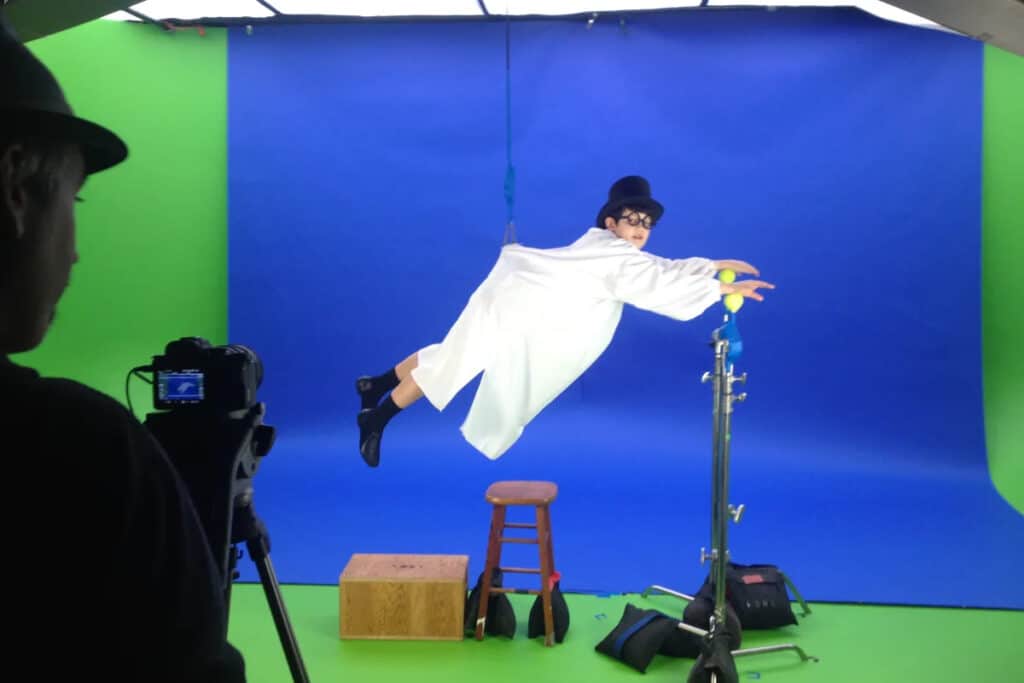
More modern action movies also keep up the trend of using hard lighting to sell feelings of intensity to the audience. Hard overhead sunlight creates dynamic lighting in scenes from 2018’s Deadpool 2. The sharp, defined shadows are reminiscent of comic book cel-shading, which works well with the film’s epic action sequences and edgy sense of humor.
It’s a bold lighting choice for a franchise that’s always thrived on bold humor to win over its audience. And it looks amazing in the final product!
Hard lighting with silhouettes
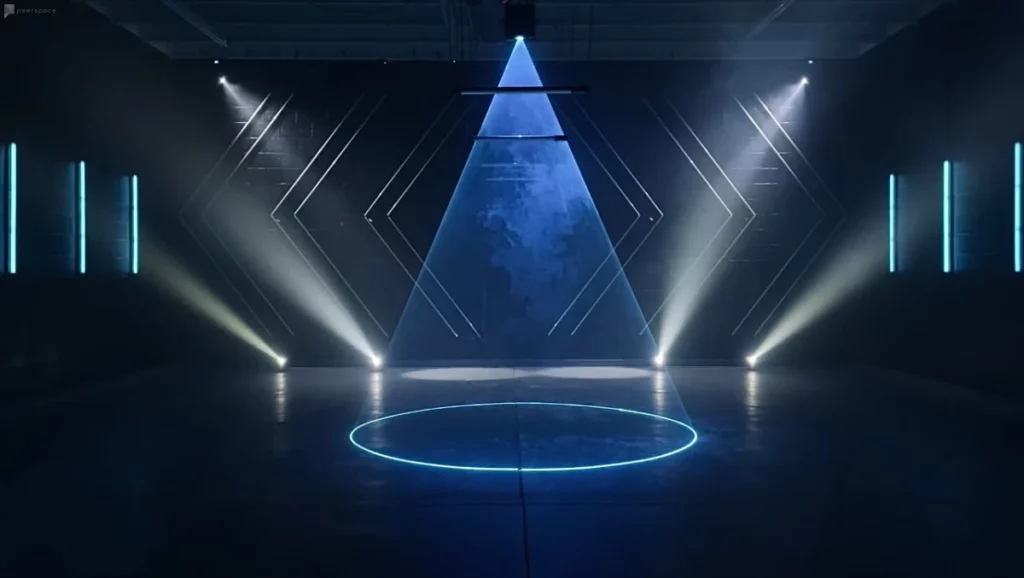
Another powerful use of hard light is the classic silhouette shot. Here, your characters stand as bold shapes of shadow over a background of bursting light. However, any subtle details or nuances in your character’s faces are lost. So you’ll have to rely solely on broad expressions to communicate your character’s emotions.
It’s an excellent way to create high-contrast scenes that feel harrowing or grand, lending your film a sense of classic Hollywood magic.
How to create hard light
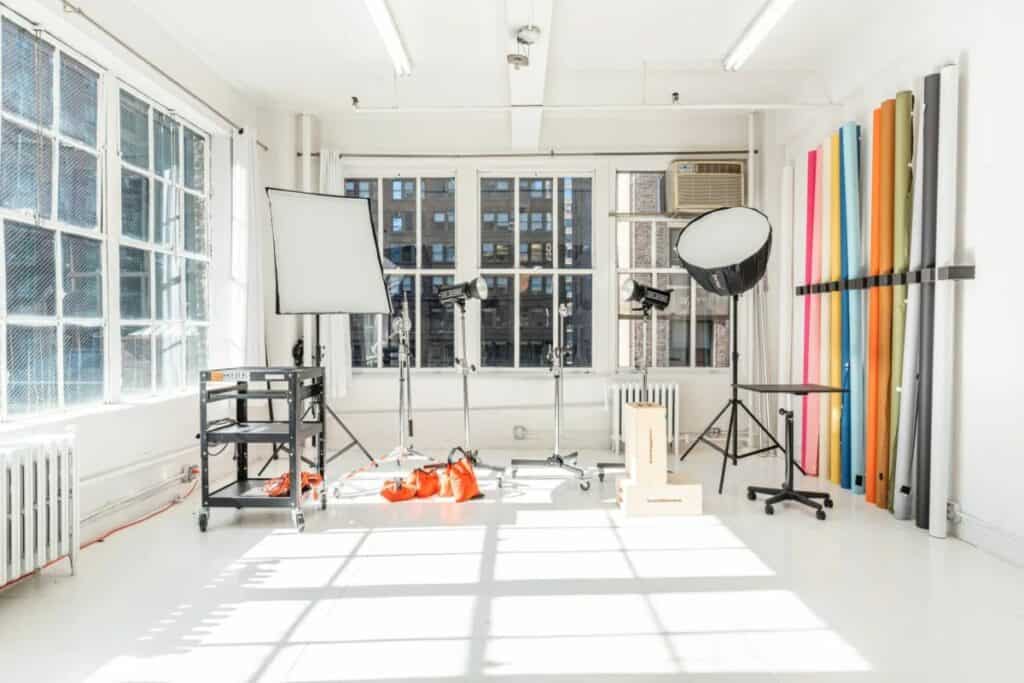
Hard lighting is actually one of the easiest lighting schemes to create in a studio environment. All you really need is a single key light source relatively close to your subject. This will create bold plains of light and shadow, perfect for creating a deep sense of contrast. However, using only one light tends to look a little dull on the camera. Most of the time, directors choose to soften pure hard light with bounce and fill lights to add more interest to the shadows.
You also can shine beams through windows, blinds, or other obstructions to create interesting shapes on camera. Adding haze or smoke into a scene can accentuate these bold shafts of light, helping to add atmosphere to a scene.
For outdoor environments, filming on a sunny day also creates bold hard shadows and broad plains of light. But again, depending on how intense the sunlight is, the effect might be too strong to look flattering on camera. Using scrims, diffusers, and lighting umbrellas to redirect the hard sunlight can help you create a more cinematic effect for your scene.
Use Peerspace to practice your hard lighting shots
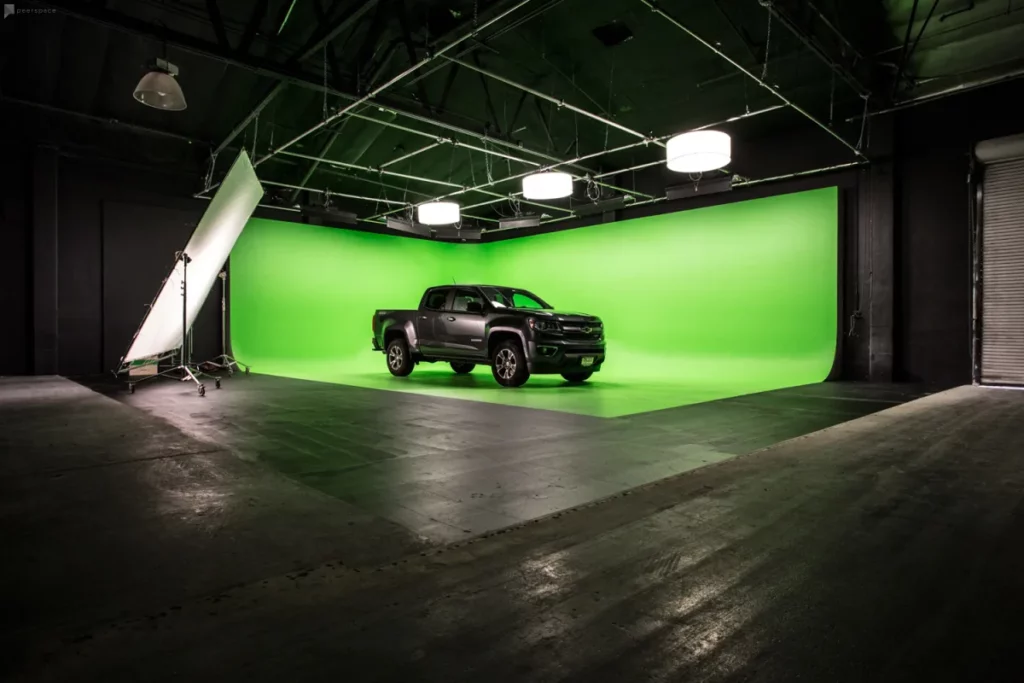
As we mentioned, Peerspace offers you access to the widest selection of production spaces across the globe. All spaces are available to book by the hour, and many include professional equipment, like lighting, props, backdrops, and more.
To give you a glimpse of what’s out there, we’ll share a few of our favorite Peerspaces ideal for practicing your hard lighting shots:
- This huge pre-lit green screen studio in Los Angeles (pictured above) with a full lighting grid, a massive green screen, and optional production package add-ons
- This fully-equipped daylight production studio in Seattle with a corner cyc wall, blackout curtains, lighting equipment, backdrops, and more
- This blackout photo studio in London with lighting equipment, including spotlights and modifiers
- This spacious film and photo studio in Toronto with a full lighting grid, a huge cyc wall, and optional lighting gear available to rent
- This production studio with cyc wall in Dallas with a NOVA P300c RGBWW LED Panel with Case Kit from Aputure
You get the picture! Peerspace has thousands of similar spaces in cities and towns globally. To find yours, simply visit the site and start browsing the production spaces in your location.
Hard lighting: conclusion
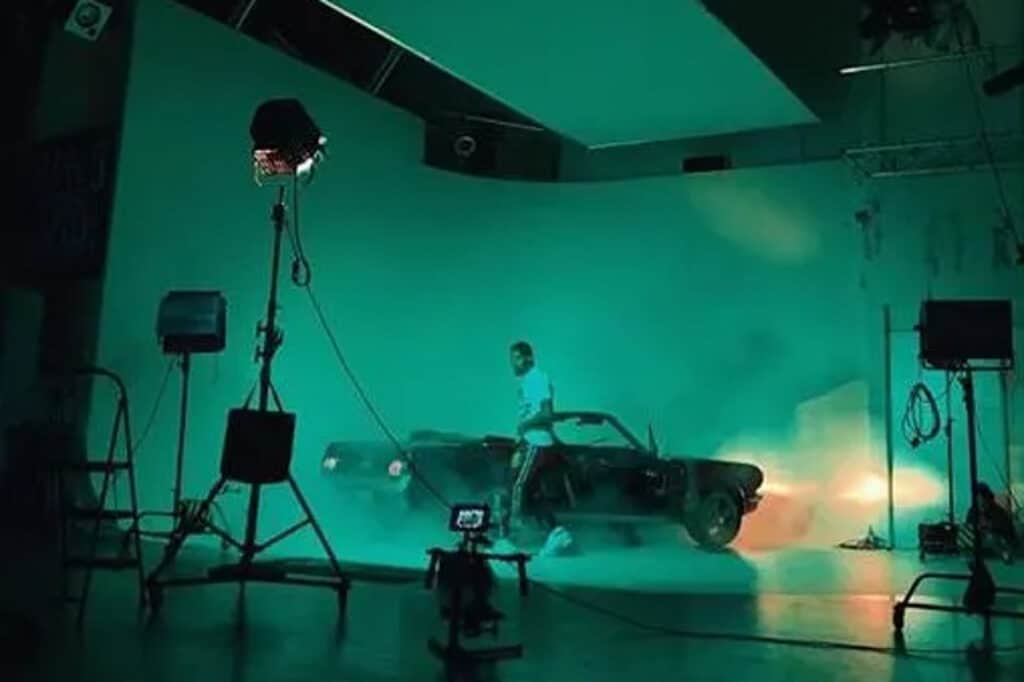
Most cinematic lighting schemes use the best qualities of both hard and soft light by combining both types. Good lighting schemes are always driven by the story the director wants to tell in each scene.
Always be intentional with your lighting choices, and use every tool you have at your disposal to tell the best story you possibly can. This includes learning even more from our photography resources pages and booking sensational Peerspace studios that help you hone your craft!
Find unique video shoot locations on Peerspace
Get together somewhere better
Book thousands of unique spaces directly from local hosts.
Explore SpacesShare your space and start earning
Join thousands of hosts renting their space for meetings, events, and photo shoots.
List Your Space




